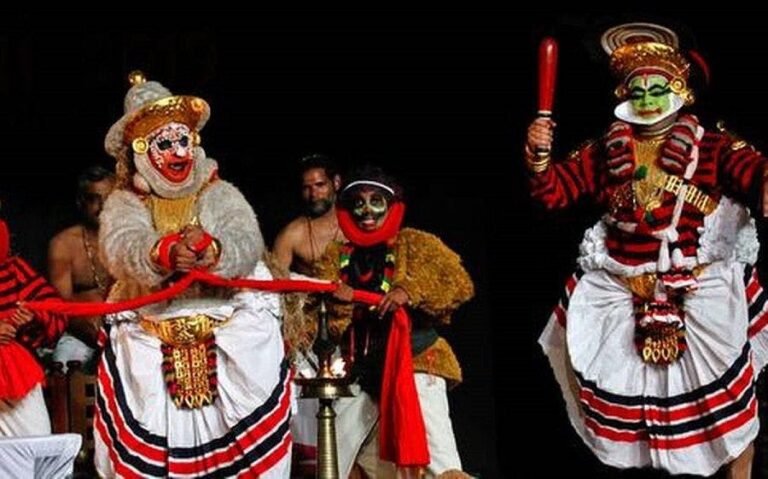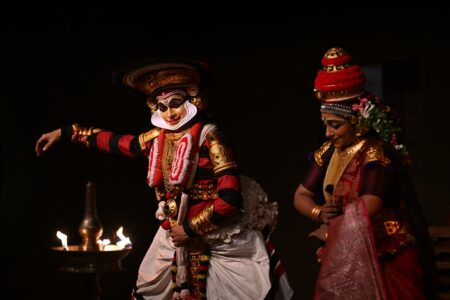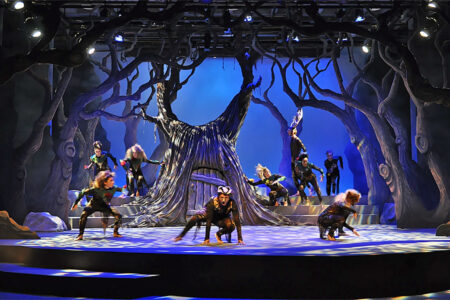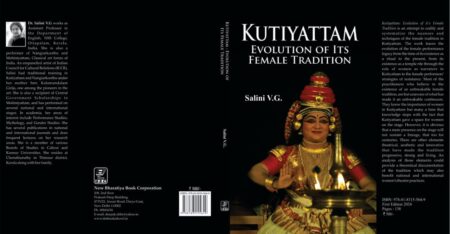Dating back to the pre-Buddha period and evolved through the Vedic times, the Sanskrit theatre was influenced by various philosophers and scholars. The art form was then redefined by Bharata’s Natyasastra.
Theatre in India has an antiquity of more than 2,500 years. Sanskrit theatre carries the rich heritage of this tradition. Bharatha’s Natyasastra (NS) that dates back to 2c BCE is the earliest treatise on dramaturgy. It essentially is also a comprehensive work on Sanskrit theatre. Scholars have pointed out that “There is no wise maxim, no learning, no art or craft, no device, no action that is not found in Natya Veda”.
A historical survey on evolution of theatre carries us back to the pre-Buddha period. Jataka stories give a lot of information about the different forms of art of that era. We get glimpses of popular theatre in the unpolished forms described as ‘prekshanakam’ and not Nataka. Their main purpose was entertainment – “Dukham pi, na dukham hoti” means, if one watches them, even sorrow will become a pleasure. They helped the people to forget the worries of their life.
Influence of Bhuddhism
Brahminical and Buddhist literature, apart from the works of Panini( 5C BCE) and Patanjali( 2C BCE )have references to dramatic performances. Lalitavistara, one of the earliest biographies of Buddha contains a reference to Nataka. After his renunciation, Buddha advised his disciples to keep off theatrical arts. He believed that these arts are sensuous which can create confusion in their minds. But in due course, the attitude of Buddhism changed. Fragments of three Sanskrit plays in Central Asia reveal that the earliest plays in Sanskrit were on Buddhist themes. One of them, Saareeputra prakarna is ascribed to Asvaghosha and it describes conversion of Saareeputra to Buddhism. Interestingly, Buddha himself appears as a character in this play. Allegorical characters like ‘Fame’ and ‘Wisdom’ appear along with Buddha in another play, the name of which is unknown.
Perhaps, the play that had the greatest influence of Buddhism on Sanskrit theatre was Nagananda of Sri Harsha (7 CE). Its purpose was to spread the Buddhist message of non-violence. The play fused the ninth rasa, Shanta to the existing eight rasas enshrined in Natyasastra. Shanta got entry into the later versions of Natyasastra and Buddha was designated the deity of Shanta.
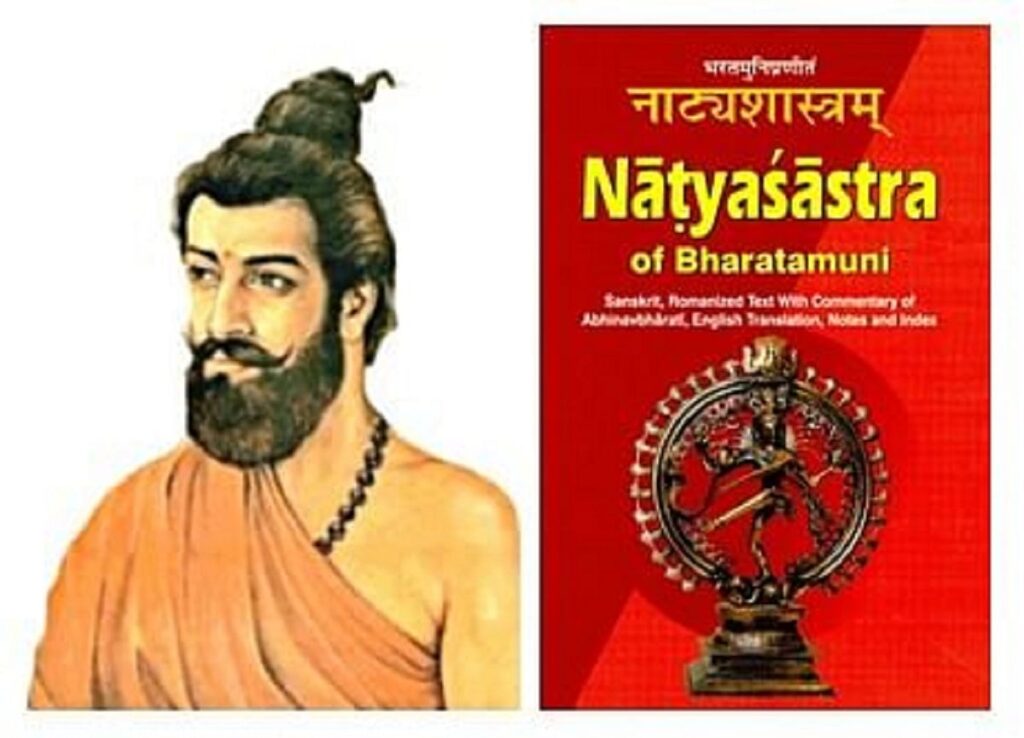
The vedic period (BCE 2000-1000) brought the performance of sacrifice (Yaga) close to drama. Further, music and dance were employed to entertain the priests at intervals in Yagas. This was necessary since the Yagas were prolonged exercises that lasted sometimes for years. For example, Mahabharata mentions a Yaga that had a duration of more than a year. King Dasaratha had invited dancers and musicians for his horse sacrifice (Ashwamedha Yaga). The primordial form of acting can also be traced to the performance of sacrifices. The mode of acting in both is the same; the difference is in the reward. The benefit for Yaga is attained in the other world whereas that for the drama is experienced instantly.
From Panini to Bhasa
Panini refers to Silali and Krisasva who were Natyacharyas. Patanjali has indicated the presentation of Kamsavadha and Balivadha. There is also reference to actresses in them. Harivamsa of the same period provides a clear picture of the enactment of a drama. Varadatta, a leading actor presented Ramayana as a drama with many actors including a Vidushaka taking part in it.
Chanakya (321-269 BCE) understood the potential of arts in raising revenue to the treasury. There are references to all types of artistes including actors in his work Arthasastra. We understand that Vatsyayana (1c BCE) encouraged performing arts as he enumerates the 64 art forms.
But regrettably, a clear picture of the theatre of those days is not available in them. The presentation was not likely stylized as in the classical theatre. In Natyashastra, the first drama staged is Amruthamadhana which belongs to the Samavaraka type, followed by Tripuradahana, a Dima. These embraced several scenes of fighting and therefore Bharatha included them among the ten varieties of Rupakas.
It is believed that Bhasa preceded Bharatha especially because the former’s plays, 13 in number, involved scenes of killing, fighting, calling names and sleeping which are proscribed by Bharatha on the stage. A whole Act in Balacharitam is devoted to fighting whereas another Act describes Hallisa Nritta of village damsels which represent the folk culture prevalent in Maharashtra and the banks of Cauvery. It is in these ballads that Radha and Krishna emerge for the first time. The importance is given to Krishna stories in Bhasa plays and later in Koodiyattam and Nangiarkoothu could be imputed to this culture.
(To be continued)

